
Info
AI
SVG Code
<!--
Generated by DrawGPT.
Free, open source, AI generated images in SVG, PNG, and HTML Canvas format.
https://drawgpt.ai
Created: 2025-05-16T23:20:55+00:00
-->
<svg viewBox="0 0 1024 1024" xmlns="http://www.w3.org/2000/svg" xmlns:xlink="http://www.w3.org/1999/xlink">
<title id="title1">Garden Whimsy</title>
<desc id="desc1">An oil painting-style garden with a quirky birdbath, rosy roses, and chirpy birds having a feathered fiesta!</desc>
<defs>
<linearGradient id="gradientBg1" class="gradient-background" x1="0" y1="0" x2="0" y2="1">
<stop id="stopBg1" class="gradient-stop" offset="0%" stop-color="#f0e4d7"/>
<stop id="stopBg2" class="gradient-stop" offset="100%" stop-color="#a8d0e6"/>
</linearGradient>
<radialGradient id="gradientBirdbath1" class="gradient-birdbath" cx="50%" cy="50%" r="50%">
<stop id="stopBath1" class="gradient-stop" offset="0%" stop-color="#ffffff"/>
<stop id="stopBath2" class="gradient-stop" offset="100%" stop-color="#d3d3d3"/>
</radialGradient>
<!-- Simulate an oil painting effect using a subtle blur -->
<filter id="oilPaintFilter1" class="oil-paint-filter">
<feGaussianBlur in="SourceGraphic" stdDeviation="1" />
</filter>
</defs>
<!-- Background Canvas -->
<rect id="backgroundRect1" class="background" x="0" y="0" width="1024" height="1024" fill="url(#gradientBg1)" filter="url(#oilPaintFilter1)"/>
<!-- Birdbath -->
<g id="birdbathGroup1" class="birdbath-group" filter="url(#oilPaintFilter1)">
<!-- Outer basin -->
<ellipse id="birdbathOuter1" class="birdbath" cx="512" cy="750" rx="160" ry="60" fill="url(#gradientBirdbath1)"/>
<!-- Inner water pool -->
<ellipse id="birdbathInner1" class="birdbath" cx="512" cy="750" rx="110" ry="35" fill="#eef9ff"/>
<!-- Decorative rim -->
<circle id="birdbathRim1" class="birdbath" cx="512" cy="750" r="165" fill="none" stroke="#b0b0b0" stroke-width="3"/>
</g>
<!-- Roses -->
<g id="rosesGroup1" class="roses-group" filter="url(#oilPaintFilter1)">
<!-- Rose 1 -->
<g id="rose1Group" class="rose-group">
<circle id="rose1Core" class="rose" cx="300" cy="600" r="18" fill="#ff6384" />
<path id="rose1Petals" class="rose" d="M282 600 Q300 580 318 600 Q300 620 282 600 Z" fill="#ff8aa2" />
</g>
<!-- Rose 2 -->
<g id="rose2Group" class="rose-group">
<circle id="rose2Core" class="rose" cx="550" cy="680" r="18" fill="#ff6384" />
<path id="rose2Petals" class="rose" d="M532 680 Q550 660 568 680 Q550 700 532 680 Z" fill="#ff8aa2" />
</g>
<!-- Rose 3 -->
<g id="rose3Group" class="rose-group">
<circle id="rose3Core" class="rose" cx="750" cy="630" r="18" fill="#ff6384" />
<path id="rose3Petals" class="rose" d="M732 630 Q750 610 768 630 Q750 650 732 630 Z" fill="#ff8aa2" />
</g>
<!-- Additional mini roses for depth -->
<g id="rose4Group" class="rose-group">
<circle id="rose4Core" class="rose" cx="400" cy="700" r="12" fill="#ff6384" />
<path id="rose4Petals" class="rose" d="M392 700 Q400 690 408 700 Q400 710 392 700 Z" fill="#ff8aa2" />
</g>
<g id="rose5Group" class="rose-group">
<circle id="rose5Core" class="rose" cx="670" cy="720" r="12" fill="#ff6384" />
<path id="rose5Petals" class="rose" d="M662 720 Q670 710 678 720 Q670 730 662 720 Z" fill="#ff8aa2" />
</g>
</g>
<!-- Birds in Flight -->
<g id="birdsGroup1" class="birds-group" filter="url(#oilPaintFilter1)">
<!-- Bird 1 -->
<path id="bird1Path" class="bird" d="M200 300 c20 -20 40 20 60 0" stroke="#333333" stroke-width="4" fill="none" />
<!-- Bird 2 -->
<path id="bird2Path" class="bird" d="M800 350 c20 -20 40 20 60 0" stroke="#333333" stroke-width="4" fill="none" />
<!-- Bird 3 -->
<path id="bird3Path" class="bird" d="M500 250 c20 -20 40 20 60 0" stroke="#333333" stroke-width="4" fill="none" />
<!-- Bird 4 - a smaller detail -->
<path id="bird4Path" class="bird" d="M650 200 c15 -15 30 15 45 0" stroke="#333333" stroke-width="3" fill="none" />
</g>
<!-- Garden Details -->
<g id="gardenDetailsGroup1" class="garden-details-group" filter="url(#oilPaintFilter1)">
<!-- Lush grass at the bottom -->
<path id="grassPath1" class="grass" d="M0 800 Q512 750 1024 800 L1024 1024 L0 1024 Z" fill="#7fc97f" />
<!-- A whimsical garden fence -->
<path id="fencePath1" class="fence" d="M100 500 L150 450 L200 500 L250 450 L300 500" stroke="#8b4513" stroke-width="5" fill="none" />
<!-- A few scattered leaves -->
<circle id="leaf1" class="leaf" cx="600" cy="780" r="10" fill="#5cb85c" />
<circle id="leaf2" class="leaf" cx="640" cy="760" r="8" fill="#5cb85c" />
<circle id="leaf3" class="leaf" cx="680" cy="790" r="10" fill="#5cb85c" />
</g>
</svg>
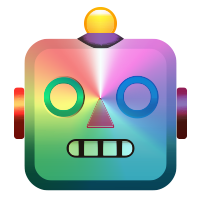
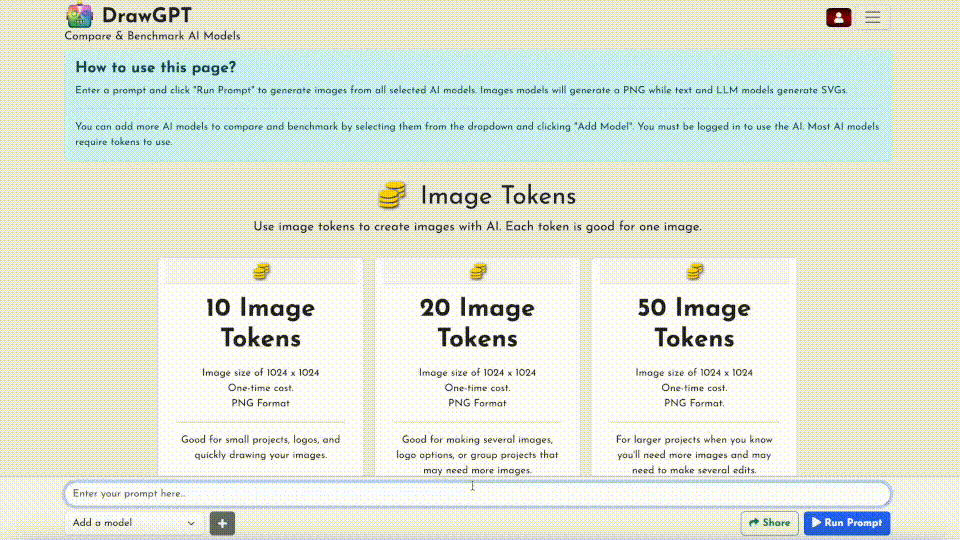
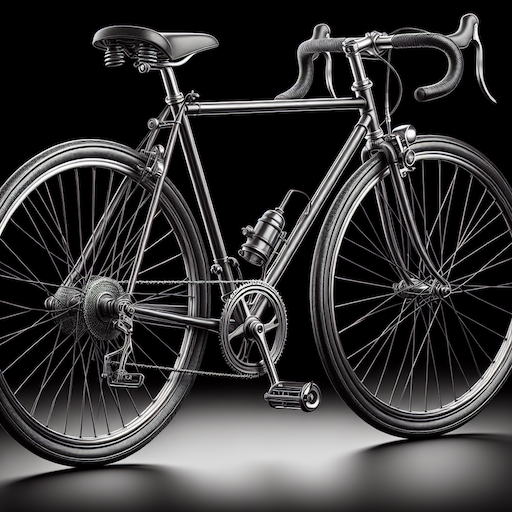
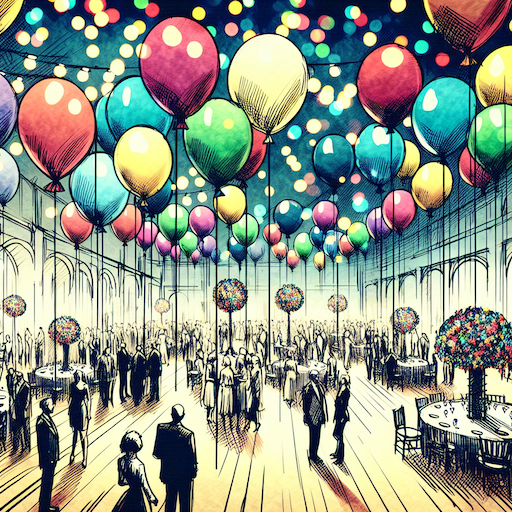 balloon party
balloon party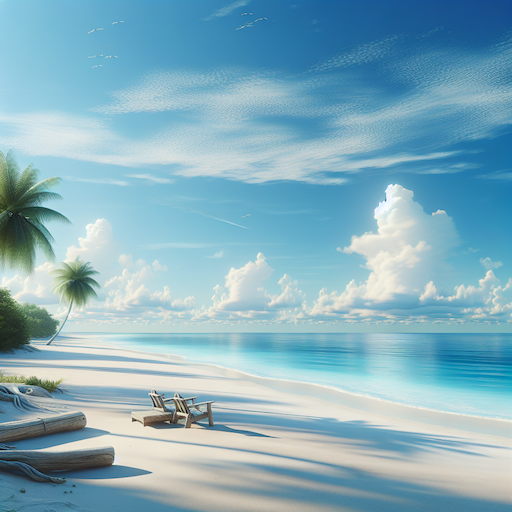 beautiful beach
beautiful beach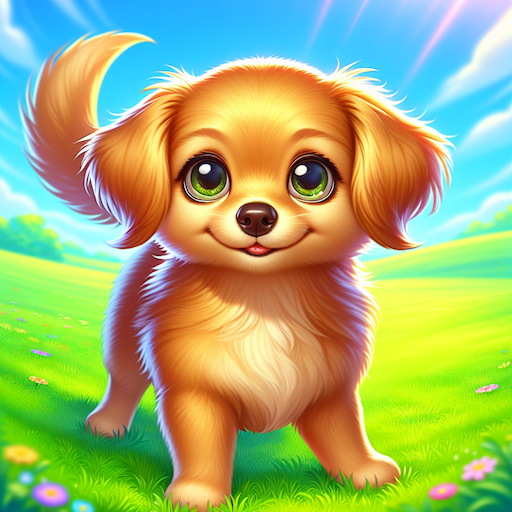 cute puppy dog
cute puppy dog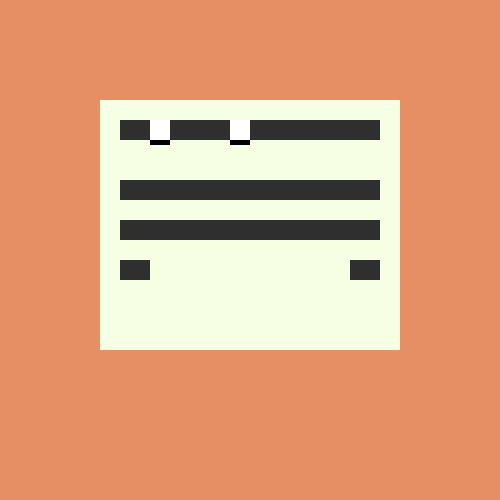 happy cat
happy cat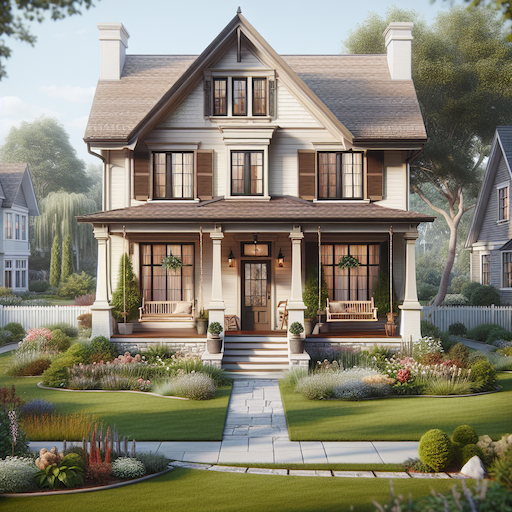 house
house